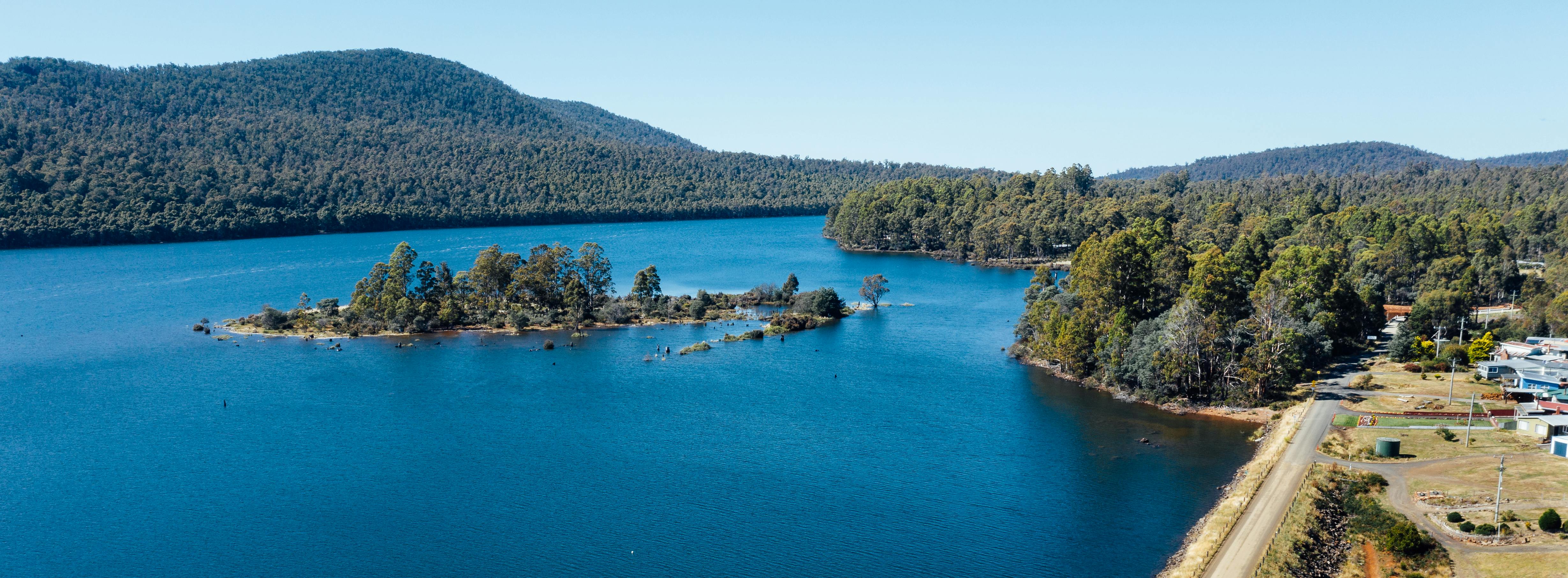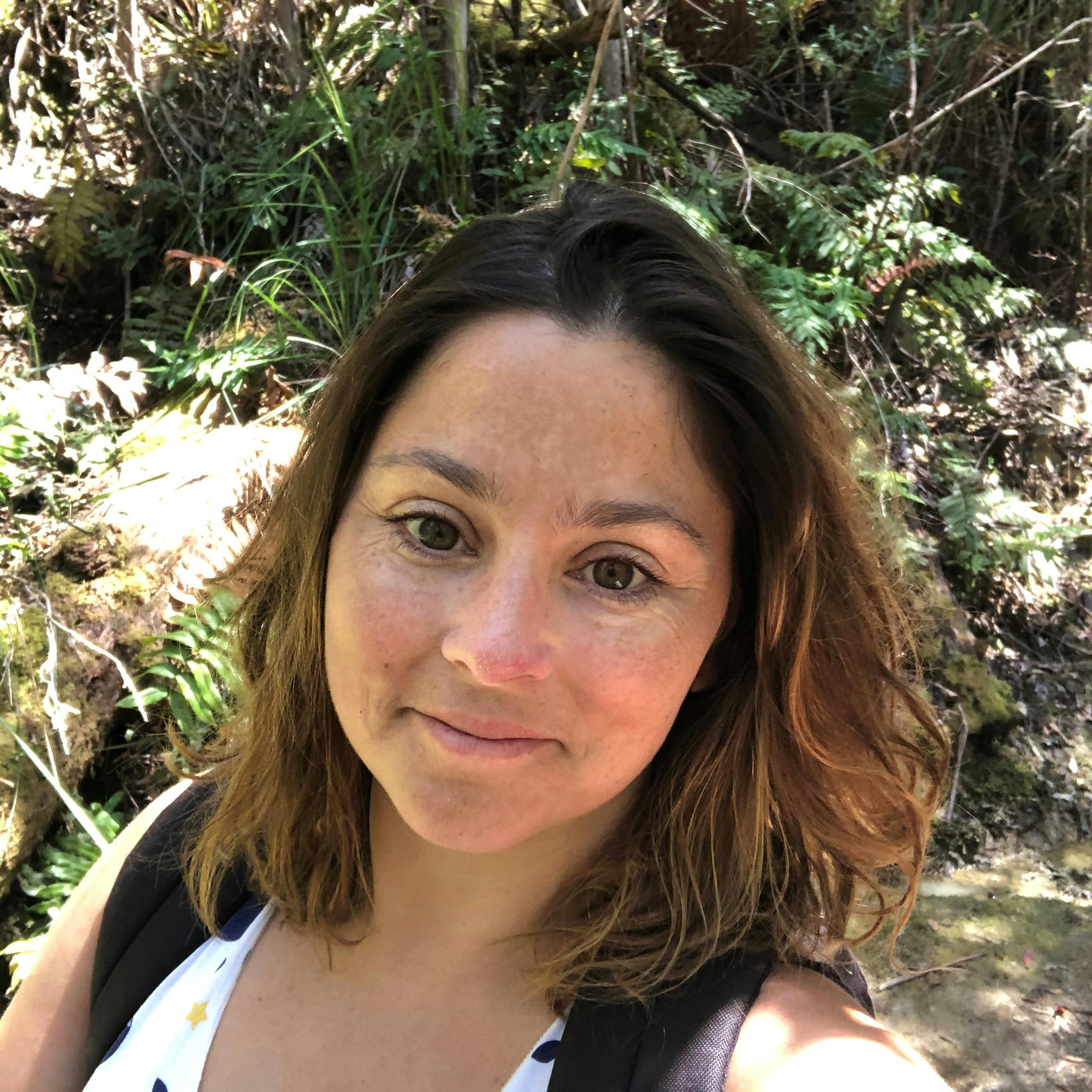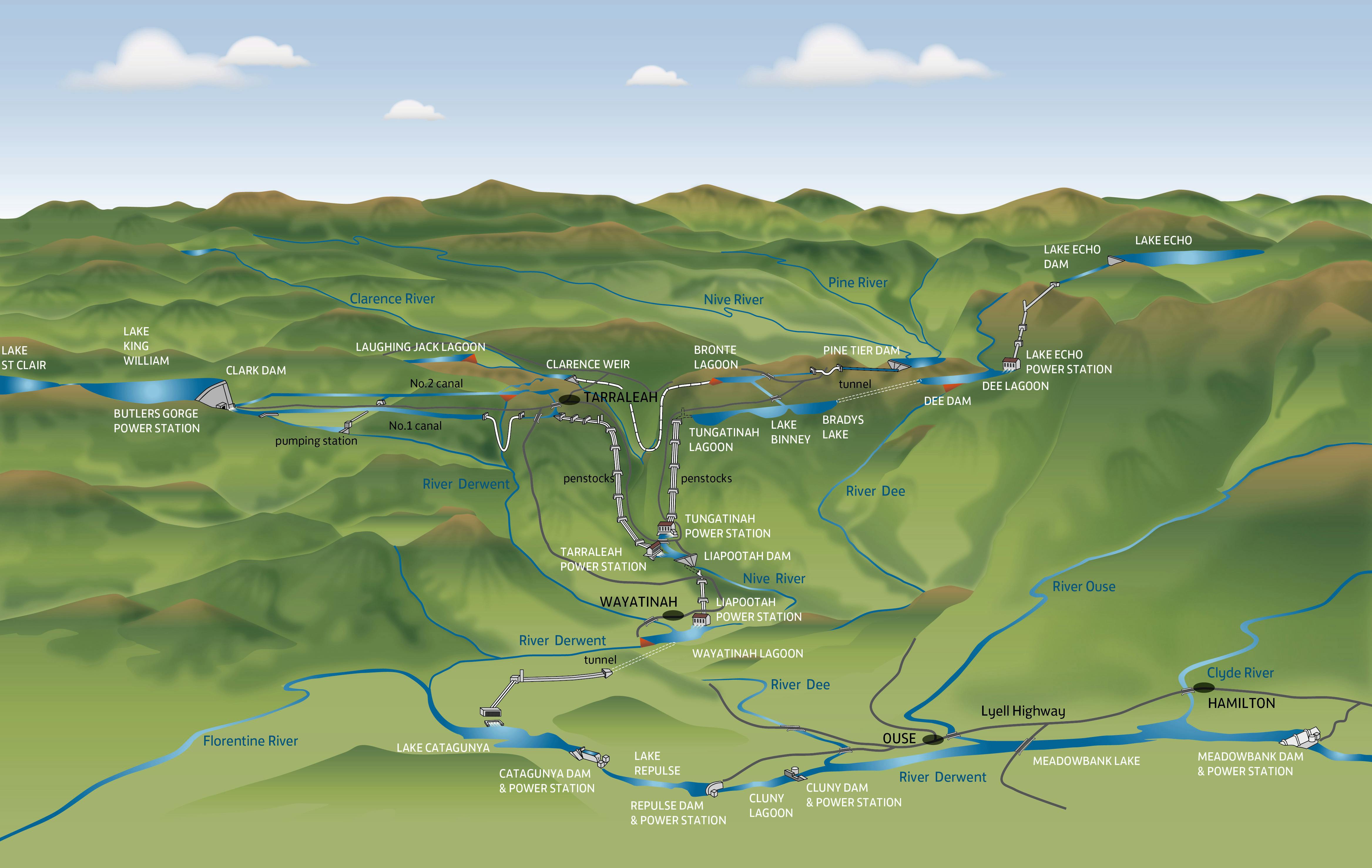Bronte&Bradys
Project Update - May 2024
Now we’ve had time to review all the information gathered during the February surveys, we wanted to share a brief update on what we discovered:
Environmental
The natural values assessment didn’t find any threatened plants, animals or ecological communities. Nor did it identify any sensitive sites like platypus burrows. Nonetheless, we’ll still aim to minimise our environmental impacts, keeping vegetation removal to a minimum and rehabilitating cleared areas. Redfin perch and Canadian pondweed – two invasive species - were found in the lake so we’ll implement strict controls to avoid contributing to their spread.
Aboriginal heritage
All Aboriginal heritage in lutruwita (Tasmania) is protected by law. Based on historical records and an understanding of cultural practices at a landscape-scale, Bradys Marsh was likely an important area for generations of Tasmanian Aboriginal people. As expected, the Aboriginal heritage survey identified a range of heritage sites and cultural resources. This will inform our project design and implementation, and we’ll continue working with the Tasmanian Aboriginal community to appropriately manage cultural heritage values and where appropriate, implement exclusion zones. As a resident or visitor to the area, please remember to do your part in protecting these values by:
- Keep vehicles to formed tracks.
- Respecting fencing and buffer zones.
- Not moving or collecting artefacts.
Technical
Water flows in, around and through Bradys Lake are complex. It’s one of three water storages within the Tungatinah chain, linked to Bronte Lake via a canal and Dee Lagoon via a tunnel. Water level changes can impact flows through a system which is why trial drawdowns are an important consideration in project design and preparation. Our February test allowed the team to assess and confirm conditions were suitable at these lower water levels.
Project Update - December 2022
We're in the early stages of planning works at Bronte and Bradys Dams. We know that many Tasmanians enjoy spending time at these lakes and we want to better understand your needs and upcoming plans so we can do our best to minimise potential impacts and disruptions.
We're kicking off with early conversations in mid December 2022. You can also share your thoughts with us at any time or contact Jane on 0437 107 710.
The plans and timings set out on this page are indicative - because we're still in the design stage, things may change. We'll keep this site up-to-date as new information becomes available.
Project Overview
Nestled in the Central Highlands, Bronte Lagoon and Bradys Lake form part of the Upper Derwent hydropower scheme. Bradys Lake, along with Lake Binney and Tungatinah Lagoon, form part of the Tungatinah chain, which in turn is linked to Bronte Lagoon via Woodwards canal. Together, they channel water down through Tungatinah Power Station's 5 turbines, generating up to 142 MW green electricity every year.
The two dams were built in the early 1950s and share a similar core filled embankment design. As part of our rolling asset management program, we need to refresh the rock buttresses that run along the downstream face of both dams. This work will help ensure the dams and associated waterways can continue to operate safely and reliably.
It is important that works are completed during the summer months when the ground is dry and rainfall is low. This helps us manage the works more efficiently (less chance of delays) and safely manage water levels with work occurring nearby.
What's planned?
At both sites, we plan to work across the downstream face of the dam, removing existing materials and placing new rockfill materials (comprising range of different sizes to create strong structures). The indicative work sites are shown in the photos below.
 Bradys Dam - indicative work site Bradys Dam - indicative work site |
 Bronte Dam - indicative work site Bronte Dam - indicative work site |
What does that mean for you?
Not too much at the moment.! We'll be lowering Bradys Lake between 10 - 29 February 2024 to undertake some preliminary cultural heritage surveys and technical tests, and in the coming 12 months, you may see us more frequently as we progress designs.
However, the potential impacts outlined below won't occur until works start, with Bradys and Bronte scheduled to be undertaken in future years as part of our ongoing 10 year capital investment program.
- Roads - while there will be more traffic on surrounding roads and some temporary road closures at Bradys, we'll make sure you can access your home, boat ramp or campsite.
- Noise and vibrations - at both sites, we need to move large amounts of materials using heavy machinery and this will bring increased noise during weekdays. At Bronte, we will also need to blast rock, resulting in short periods of significant noise and vibration. We're currently considering ways to minimise this impact, including avoiding blasting or long work days over high-use periods e.g., long weekends and, at a minimum, will ensure EPA noise guidelines are met.
- Water levels - at Bronte, we'll need to hold the water level down by up to 1 m below Full Supply Level (FSL; 664.98 metres Above Sea Level) for approximately 3 months. This will remain within the target set by the Inland Fisheries Service MOU level for this storage and the boat ramp will remain open throughout. At Bradys, water levels will need to be lowered to 648.63 mASL or 2.57 m below FSL. This change will also affect Lake Binney and Tungahtinah Lagoon. These levels are not unusual for summer time and boat ramp access will remain open.
- Campgrounds and boat ramps - these facilities will remain open for the duration of works at both sites.
Share your views!
We'll be in your neighbourhood to have an early conversations in mid December or you can share your thoughts below or directly with Jane on 0437 107 710.
We will use your input to help us minimise impacts as much as possible.


